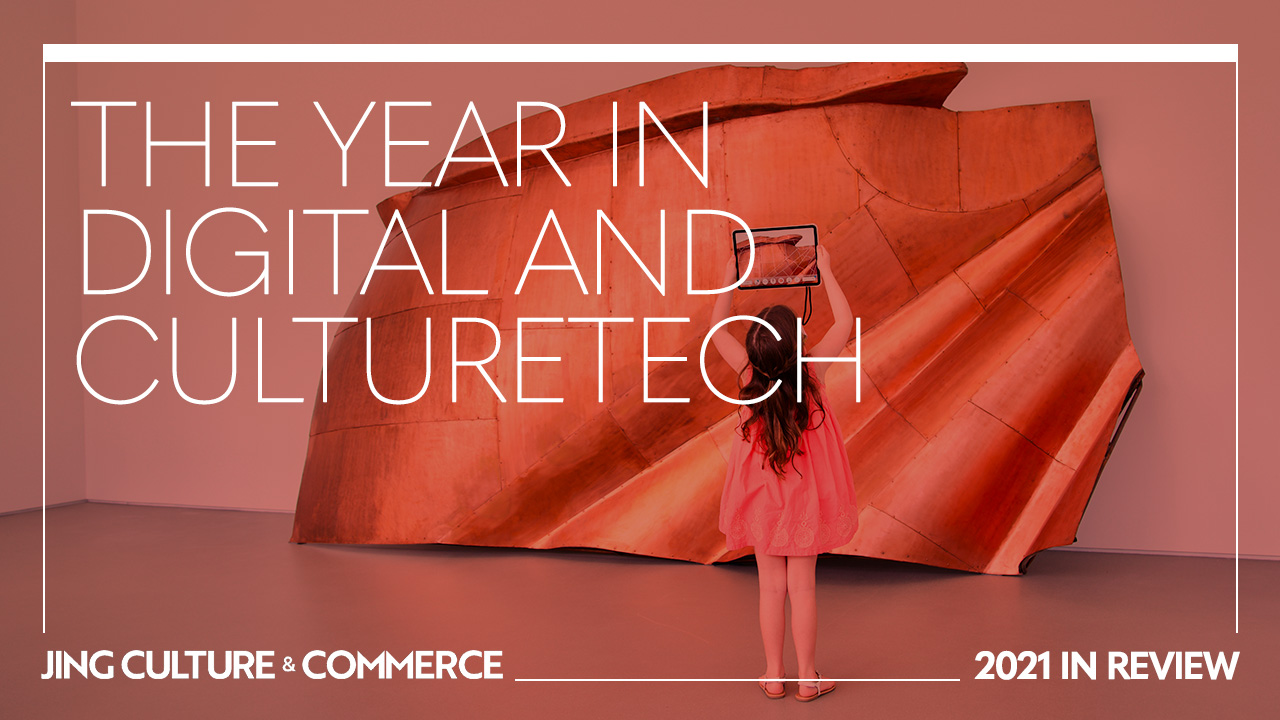Jing Culture & Commerce’s Year in Review series revisits how the museum and cultural sectors innovated in 2021 through digital activations, tech-centered projects, and collaborative outings, while spotlighting the key trends that fueled these transformations. Find more of our year-end coverage here.
For cultural institutions, 2021 marked a year of transition and recovery as the world commenced reopening after a long lockdown. Many organizations, armed with the past year’s learnings, honed in on tech-minded programs to enrich their digital storytelling, some found ways to merge their digital and physical channels, and others boosted their onsite offerings to woo visitors back to in-person participation.
The upshot? The cultural space blossomed with compelling uses of technologies as museums identified and capitalized on new opportunities to enrich audience engagement and experience. Over the past 12 months, Jing Culture & Commerce has featured a number of these exciting projects that have greatly expanded the programmatic scope of cultural venues. In the first of our year-end reviews, we survey some of the sector’s best uses of immersive technologies, digital tools, and social media platforms.
Creative technology
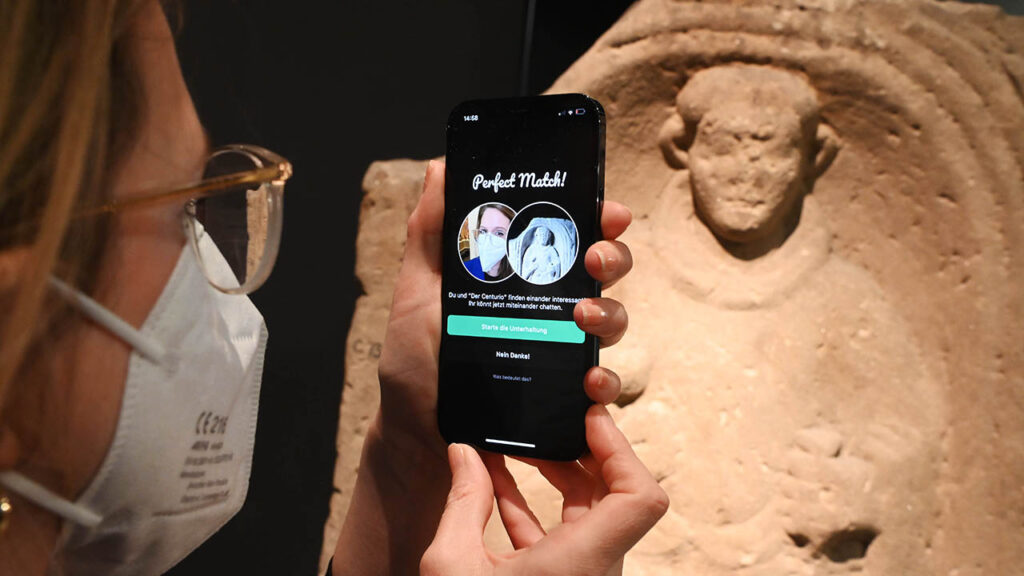
Baden State Museum’s Ping! mobile application. Image: Badisches Landesmuseum
Emerging as part of a new hybrid landscape have been virtual reality (VR) and mixed reality (XR) experiences that are easily adapted for on or off-site showcases. Projects like Goethe VR, Machu Picchu and the Golden Empires of Peru, and EPFL’s “Archaeology of Light” illustrated the continued appeal of virtual experiences, while XR outings such as Ancient Olympia: Common Grounds and Cleveland Museum of Art’s Revealing Krishna offered what the latter institution called “a seamless blend of physical and virtual.”
Museums have also turned to mobile to platform their offerings: notably, the National Gallery launched its first mobile-based exhibition and the Baden State Museum unveiled a Tinder-inspired application.
Artificial intelligence (AI), too, had its moment. Besides being used behind the scenes for the purposes of art restoration, visitor tracking, and digital asset management, it found its way onto the gallery floor, being deployed as curator by the Museum of Wild and Newfangled Art and co-creator by the Smithsonian for its newly opened FUTURES exhibition.
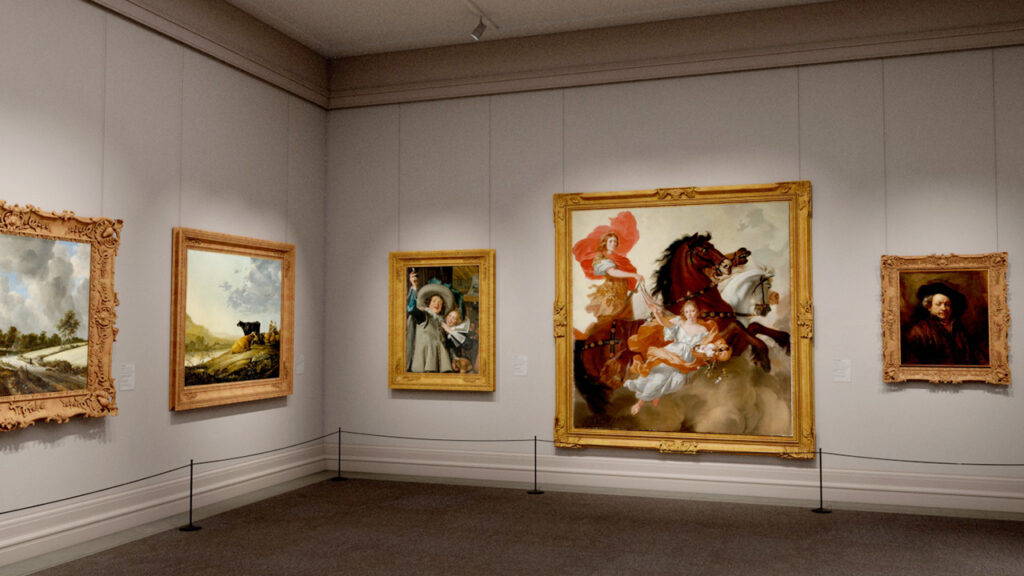
The Met Unframed virtual experience, which featured nearly 50 artworks from the museum’s collection. Image: The Metropolitan Museum of Art
But amid the crowded field of creative technologies, augmented reality (AR) took the year. Long rising as a versatile and user-friendly piece of tech, it epitomized the new hybrid framework, being put to use by organizations including the Metropolitan Museum of Art, the Los Angeles County Museum of Art, and Art of London. Sotheby’s tapped Snapchat for an AR filter to coincide with Christo’s final wrapped work, just as El Museo del Barrio and San Francisco’s Mexican Museum teamed up with Facebook for similar filters that showcased Lantinx works.
AR further wound its way into IRL activations. Acute Art saw its stable of AR works featured in Dazed Media’s Unreal City and The Shed and High Line’s joint exhibition, just as Valentine Museum and Levine Museum leveraged the tech’s transformative power to recontextualize existing environments. And in a globe-spanning deployment of AR, Seeing The Invisible saw 12 botanical gardens across five continents staging the same 13 AR artworks, in what its co-curator termed a “phygital experience, one combining the physical location and the digital manifestation.”
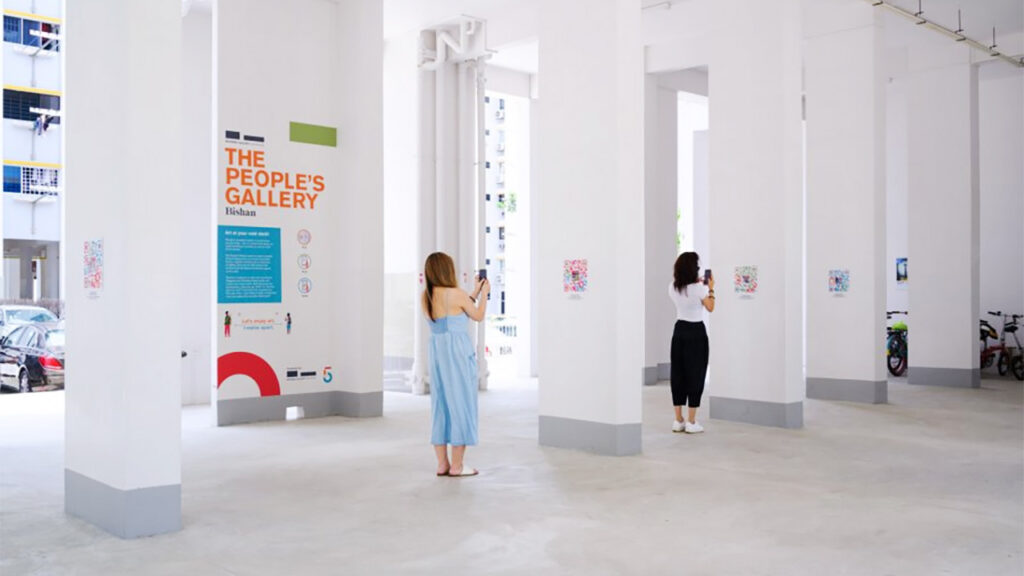
The People’s Gallery, an AR exhibition by the National Gallery Singapore. Image: National Gallery Singapore
Special Mention: The National Gallery Singapore, which, through its innovation incubator Y-Lab, has deployed tech from AR to chatbots to a mobile app, in combination with a user-centric approach, to build a #SmartMuseum as much as a “people’s museum.”
Our most popular articles on culturetech:
1. Using AR, The French National Museum of Natural History Is Bringing Back The Dodo
2. The British Museum And Sketchfab Team Up For Touring Exhibition
3. dslcollection Brings VR To Kyiv’s Modern Art Research Institute
Digital engagement
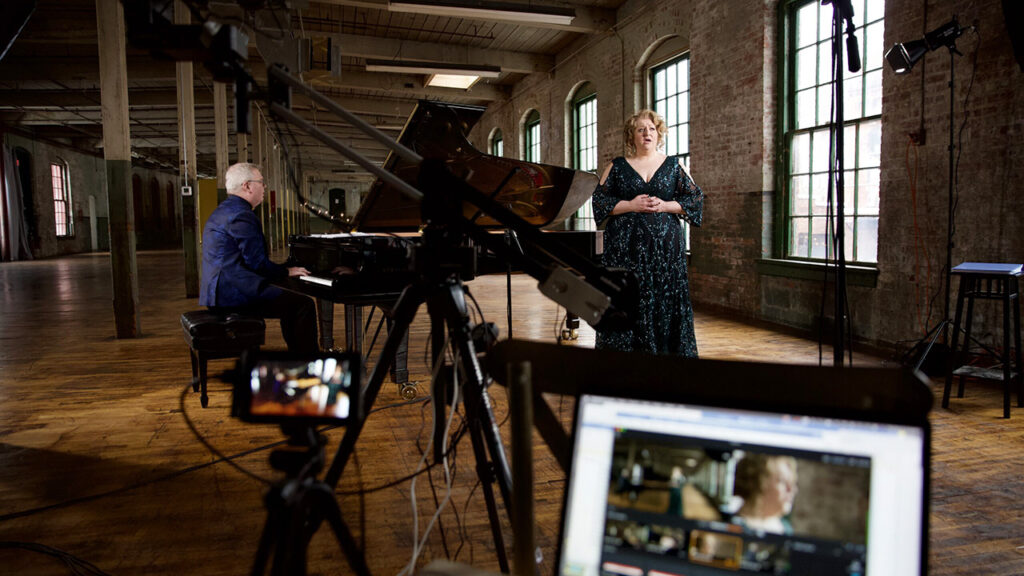
LA Opera’s digital programming now encompass its own streaming platform and a partnership with Marquee TV. Image: Soprano Christine Goerke and pianist Craig Terry performing as part of LA Opera’s Signature Recital Series, LA Opera
What’s a performing arts venue to do amid a global lockdown? It goes virtual. The past year has seen organizations seek innovative ways to serve audiences theater-going experiences — from Sight Lines Entertainment’s interactive play to Creation Theatre’s digital productions to LA Opera’s streaming pivot.
Museums have similarly responded by making their collections newly available digitally. In February, the Victoria & Albert Museum unveiled Explore The Collections, before the Collections of Ghent project arrived to digitize the region’s cultural heritage and the National Museum of African American History and Culture released its Searchable Museum. And here’s a reminder of the significance of digital collections: the Getty Museum, in June, managed to digitally reunite two Book of the Dead fragments by scouring online archives.
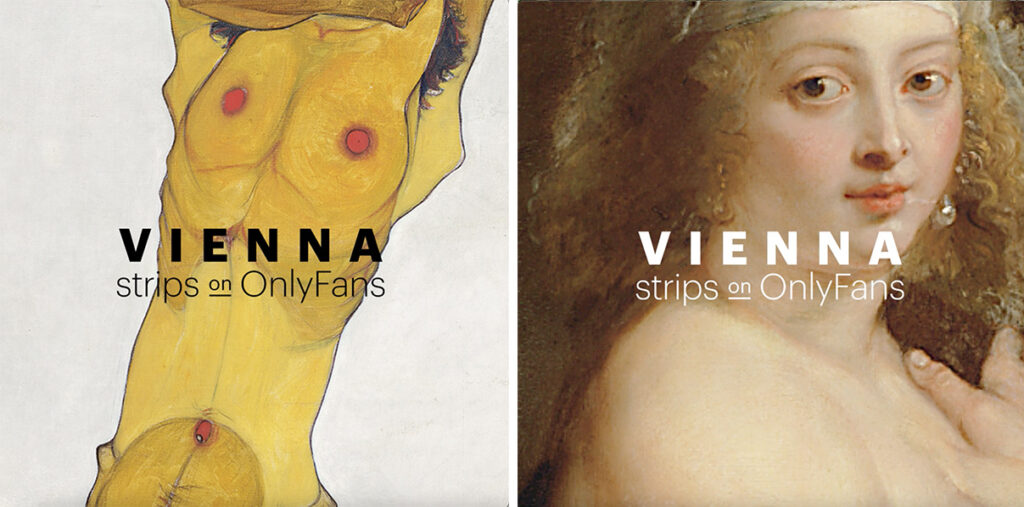
The Vienna Tourism Board’s OnlyFans account features nudes from the collections of Viennese museums. Image: Vienna Tourism Board
Additionally, cultural institutions found ways to broaden their use of social media. Clubhouse emerged as an intimate and conversational medium (Mori Art Museum joined to chat), while the Vienna Tourism Board, in a savvy and subversive move, signed up for an OnlyFans account to showcase nude artworks from the collections of Viennese museums. And a key sponsor of this year’s Met Gala? Instagram.
For museums hoping to reach Chinese audiences, social media channels like WeChat and Douyin remained essential tools in their digital quiver. The Van Gogh Museum’s WeChat Mini Program, which includes AI and e-commerce features, evidences its dynamic engagement strategy, and the Museum of Fine Arts Boston launched into e-commerce livestreaming on its newly opened Kuaishou account.
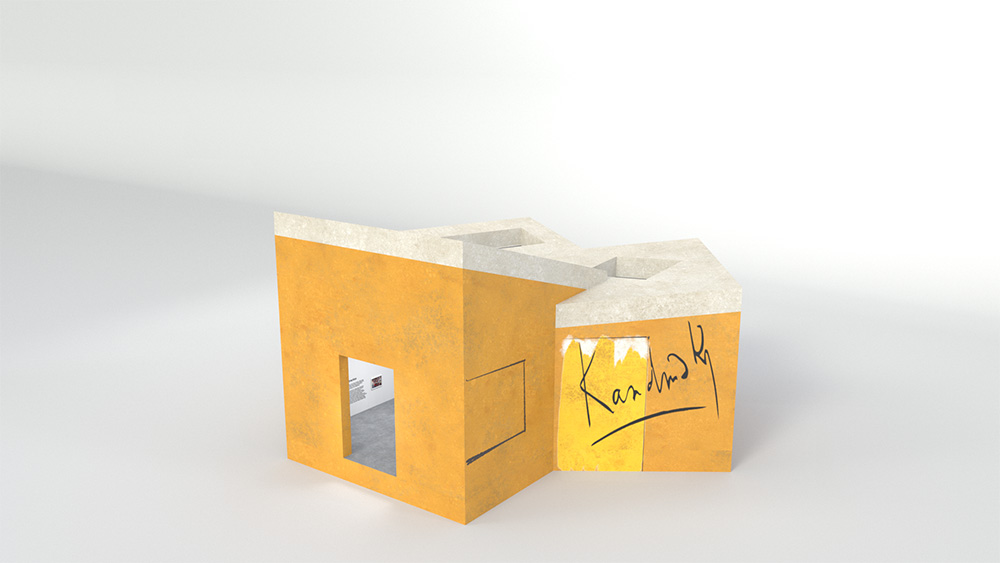
The AR pocket gallery that accompanies Google Arts & Culture’s Sounds Like Kandinsky project. Image: Google Arts & Culture
Special mention: Google Arts & Culture, which demonstrated its commitment to making art all the more accessible through its 2021 digital projects: Sounds Like Kandinsky, created in partnership with Centre Pompidou, and Klimt vs. Klimt, its collaboration with the Belvedere Museum.
Our most popular articles on digital engagement:
1. On TikTok’s #MuseumMoment And Museums’ TikTok Moment
2. Gogh For Gold: Inside The Van Gogh Museum’s Dynamic WeChat Strategy
3. Inside The Frick Collection’s Wildly Popular Concoction, Cocktails With A Curator
Immersion and in-person
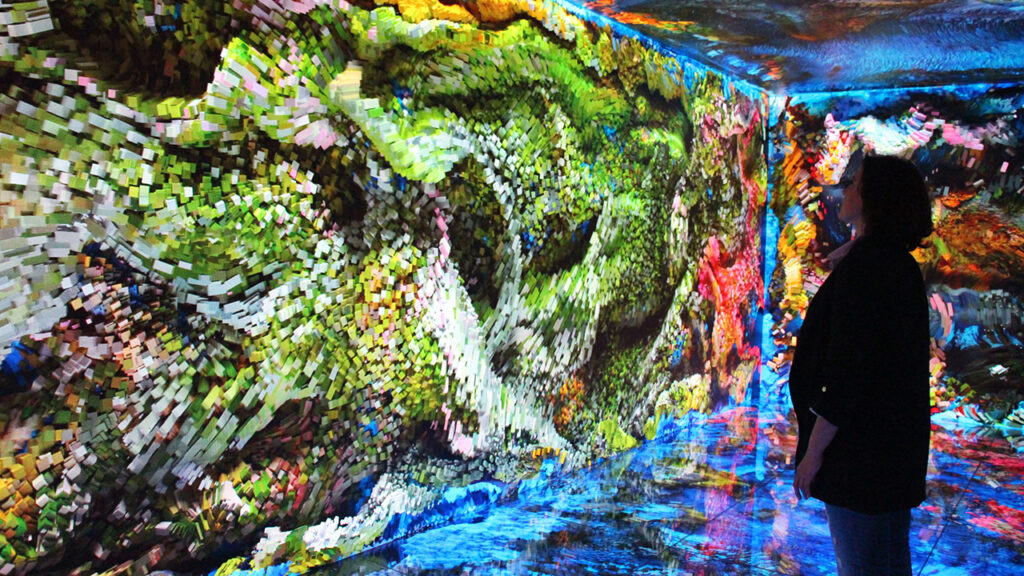
The immersive Gaudí Cube experience at Casa Batlló, featuring an AI-generated work by Turkish-American artist Refik Anadol. Image: Casa Batlló
As in-person events restarted, so too did a race to stage the most immersive exhibitions that would lure visitors out of lockdown. Certainly, immersive Van Gogh and Monet experiences had their draws, but as well, there’s ARTECHOUSE, which delivered on a number of multi-sensory exhibitions, and Meow Wolf, which launched its third permanent installation in September. Even Casa Batlló underwent its own immersive transformation, presenting what the Barcelona attraction terms a 10D experience.
Vitally, immersion has also been tapped to illuminate the ongoing climate emergency, as in Undercurrent’s transportive showcase and Light Art Space’s Berl-Berl. For its opening exhibition, After Nature, Humboldt Laboratory tapped Berlin studio schnellebuntebilder for an interactive installation that highlighted the sensitivity of biodiversity. Said the studio, “We are really into using technology as a vehicle in exhibitions to tell a story, not in a conservative way, but using these techniques to actively approach visitors more emotionally.”
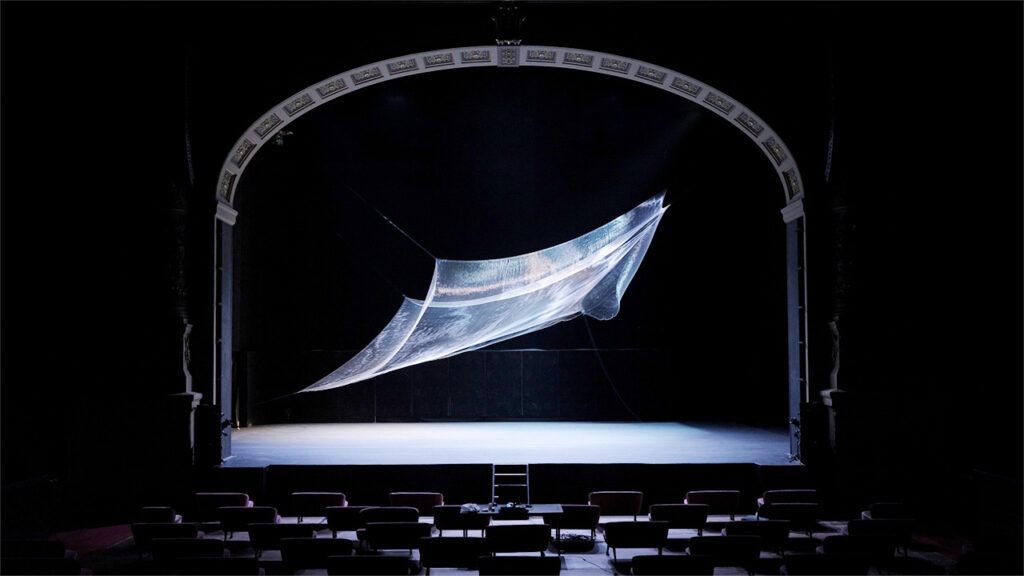
Fragile Future at The Shed features the work of Dutch duo DRIFT. Image: DRIFT, Installation view of “EGO” at Carré (Royal Theatre Amsterdam), 2021, photographed by Ossip van Duivenbode
Special mention: Experiential art center Superblue debuted in New York with an immersive exhibition by DRIFT at The Shed, demonstrating its use of innovative technologies, collaborative ethos, and financial model that benefits participating artists through continuous royalties.
Our most popular articles on immersion:
1. How The Academy Museum Built An Immersive Journey Into Studio Ghibli
2. The Mauritshuis Museum Captures The Smell Of Art With The Art Of Smell
3. teamLab’s New Immersive Experience Combines The Forces Of Art And Sauna

